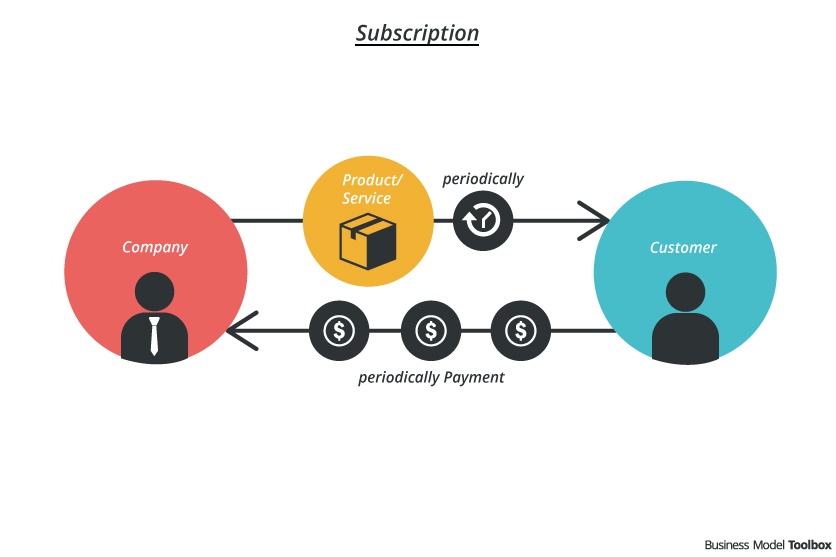Social Business Model Canvas
Social Innovation Lab / 2013
Description
The Social Business Model Canvas is inspired by the Business Model Canvas and created by the Social Innovation Lab.
The goal is to support social innovators by designing their Business Models. Social Businesses focus on the impact they create for beneficiaries rather than creating profits. Therefore, the tool takes additional aspects into account which helps in creating a social business model.
The Social Business Model Canvas is divided into 13 building blocks. In comparison to the Business Model Canvas it takes the following aspects into account:
- The component ”Segments“ is divided into “beneficiary” and “customer”. This supports the aspect that beneficiaries often do not pay anything but are crucial for the business model.
- The Value Proposition consists of the elements “Social Value Proposition”, “Customer Value Proposition” and “Impact Measures”, which define how you control your social impact.
- The type of intervention describes the type of product that will deliver the value.
- Besides partners, the canvas includes the key stakeholders that are / should be involved in your program.
- The component “Surplus” describes where you plan to invest your profits.
Strengths
- Easy to apply
- Easy to understand the general structure
- Components that take into account the characters of a social business
- Easy to compare different business model frameworks
- Comprehensive high-level overview
Weakness
- Value exchange between different actors and the core concept are not visible
- No team or cultural aspects (only within resources)
Application
1. With an idea: start with defining the value proposition for a specific customer segment.
2. With potential / existing customers: start with the customer segment and ask what value proposition you are delivering / could deliver to them and how.
3. With your resources: Start to think what key resources (competences, experiences, physical resources, financial resources, etc.) you or your partners have and based on this develop your offer for a specific customer group.
First step is to create empathy with them and to understand their situation, daily life, wishes, pains and gains. Use one of the “Understand & Explore ” tools to learn more.
Resources
- Website: socialbusinessmodelcanvas.com
- Useful explanation: What makes a social enterprise a social enterprise



